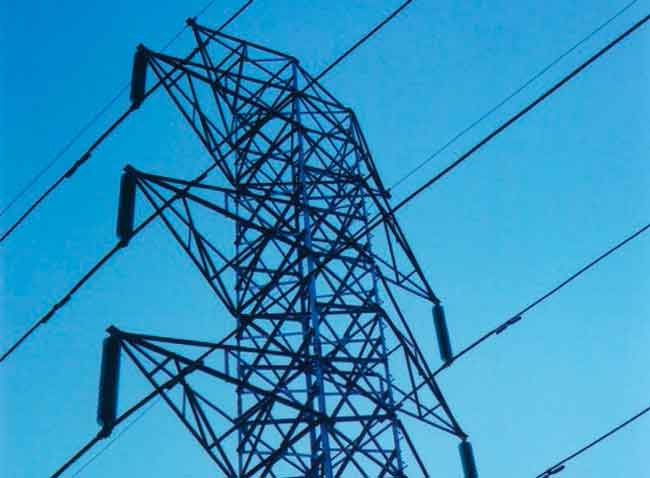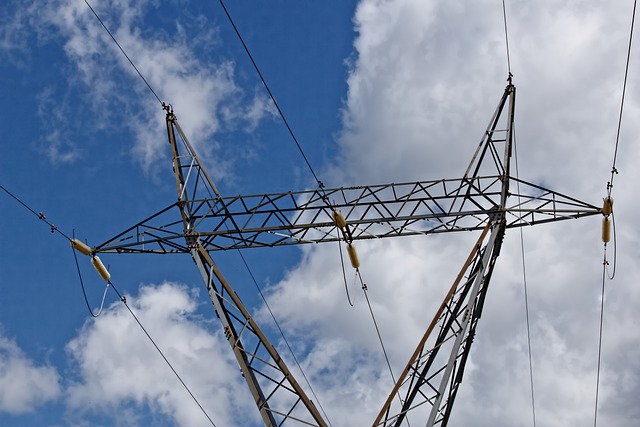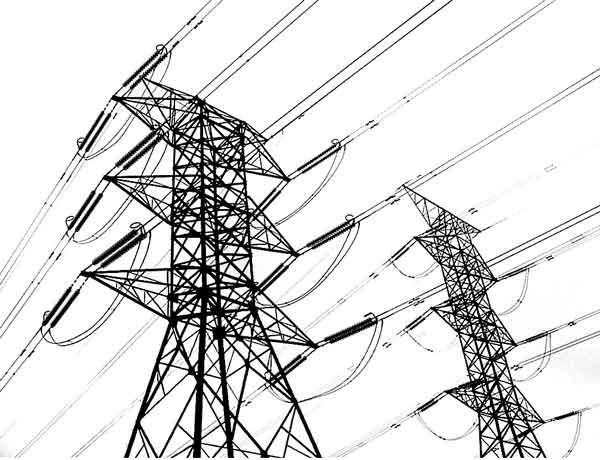Force utilities to cooperate, MEA requests
By Knight Ridder Tribune
Arc Flash Training CSA Z462 - Electrical Safety Essentials
Our customized live online or in‑person group training can be delivered to your staff at your location.

- Live Online
- 6 hours Instructor-led
- Group Training Available
Utility leaders on Aug. 28 asked the Regulatory Commission of Alaska to step in and force Railbelt utilities to create a traditional generation and transmission cooperative, or alternatively create a "genuine power pool" for Railbelt cooperatives.
A public hearing on the request is tentatively scheduled for 9 a.m. Sept. 20 at the commission offices, 701 W. Eighth Ave. in Anchorage.
Railbelt cooperation is an idea that is currently being studied by the Alaska Energy Authority. But Tuckerman Babcock, spokesman for MEA, said compliance with an Alaska Energy Authority recommendation would be voluntary and might go nowhere.
The commission, on the other hand, has the legal authority to force the utilities to work together, he said. If the commission doesn't take action soon, the chance may evaporate because the utilities will pursue their own separate power projects, Babcock said. Municipal Light and Power and Chugach Electric Association are considering a merger, Homer is considering its own generation plans and MEA is pursuing construction of two 100-megawatt power plants south of Palmer that would go online by 2015.
"We have to go forward on the path we're on, unless someone creates a different environment," Babcock said.
"It's like a last gasp on our part. We have to prepare for 2015 and this is saying, 'Commission, if you're going to make us (combine), do it now."
However, Utility Watch spokesman Jim Sykes, a frequent MEA critic, called the utility's request "curious." MEA has a history of not working with other utilities, he said. "I don't know why they did it; I can't read their minds," Sykes said. "But I believe it should be approached skeptically. Look at their record."
Utility Watch has been prodding MEA for months to work with other utilities instead of pursuing plans to build two new 100-megawatt power plants, one natural gas-fired and one fueled by coal.
Babcock said even if the commission required Railbelt utilities to combine, it's likely MEA's plans for power plants south of Palmer would proceed. "We know a plant needs to be built out here in the Matanuska-Susitna Borough no matter what," Babcock said. "But we need to know what size of plant to build."
The commission would need to adopt new regulations to grant MEA's request, RCA spokeswoman Grace Salazar said Thursday. Those regulations would need to be approved by the lieutenant governor and would also likely be reviewed by the state attorney general's office, she said. If the commission agrees to take up MEA's request, other Railbelt utilities would be invited to comment, she said.











